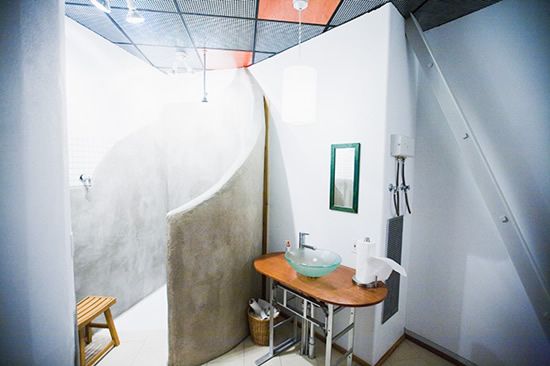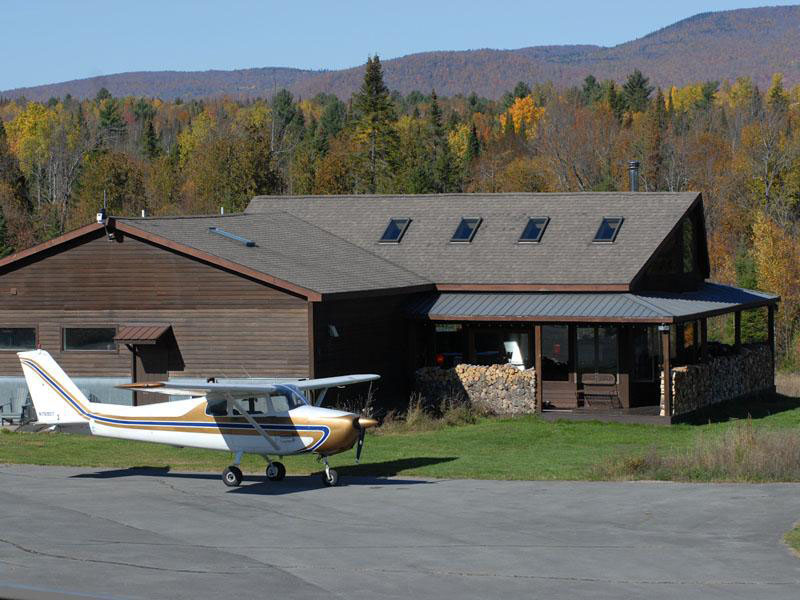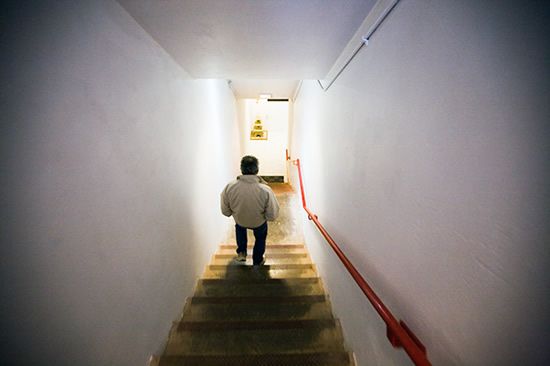


He did find a buyer, however, for an Atlas “F” in nearby Lewis-an hour and a half north of Saratoga-who paid slightly less than $600,000 for it. Although Dominic didn’t close the deal, the silo eventually sold for $750,000. Back in 2011, Dominic listed his first Atlas “F,” a property in Saranac that would eventually sport a luxury cabin and runway above the silo. In all, Dominic says he’s officially listed three Atlas “F”s, along with two “pocket listings,” meaning the seller is high on finding a buyer but isn’t interested in publicizing the fact that he or she owns a Bond villain’s lair. “I’ve found that none of them are really serious.” For that reason, Dominic now charges a “showing fee” of $350 for potential buyers, which is reimbursable if that person ends up shelling out the cash for the silo. “I’ve never had a legitimate buyer who was a doomsday prepper,” he says. That room sits off to the side of the main silo-which held the nuke-tipped missile-and is where some poor men had to sit for 12-hour shifts, day in and day out, waiting for the President’s “call” that never came (the upper floor was where the second team slept and ate, waiting to relieve the first one).ĭominic is quick to point out that his buyers haven’t been the type who believe the world is going to end anytime soon. The above-ground “door,” if you can even call it that, is what Dominic describes as a cement “wedge.” That leads down two massive flights of stairs and around a few bends into the launch control center, a two-story room, 25 feet underground. If you’re trying to picture what a nuclear missile silo looks like, think about that thingamajig that holds grain on a farm, turn it upside down, ram it just under 200 feet into the ground and ring it in 9.5 feet of nuclear-resistant, epoxy-resin concrete.

This specific type was built in the late 1950s and early ’60s, when Cold War tensions got to James-Bond-movie-script levels, and 72 presently dot the continental US, including a dozen in Upstate New York. Select Sotheby’s International Realty’s Brian Dominic, a licensed real estate salesperson based in Lake Placid, recently told me that he’s been seeing a flurry of interest in decommissioned Atlas “F” nuclear missile silos. It might not surprise you, then, that there’s a growing number of ultra-wealthy individuals buying up prime plots of subterranean real estate all over the country-a number of which are within driving distance of Saratoga Springs.

And by that, I mean finding the nearest underground bunker in which to squirrel away your family and hide. Would I even be here writing this story right now? Would you be reading it? With current headlines reporting on unhinged, trigger-happy world leaders virulent, vaccination-resistant strains of the flu and catastrophic natural disasters mushrooming up every which way, it’s easy to be worried about what the future holds-and start thinking about exit strategies. But just imagine what would’ve happened had Berg missed a key telegram or been assassinated himself. Obviously, we know how history played out: Hitler didn’t get the A-bomb-or make it out of the bunker, for that matter. Unlike his place in baseball history, his OSS assignment was anything but trivial: He was tasked with figuring out whether the Nazis were capable of building an atomic bomb-and assassinating the scientist behind it if they were. Soon after his baseball career fizzled and the Japanese bombed Pearl Harbor, Berg became a member of the Office of Strategic Services (OSS)-the progenitor to the Central Intelligence Agency-and spied for the US abroad during World War II. He was a walking encyclopedia, having studied foreign languages at Princeton (he was reportedly fluent in a number of them, including French, and proficient in Sanskrit), and sported a law degree from Columbia (he moonlighted as a lawyer in the off-season). Berg was a third-string, bullpen catcher in the 1920s and ’30s for a number of different Major League Baseball teams, including the Washington Senators and Boston Red Sox, and became famous not so much for his savvy behind the plate but for his brain. Of late, I’ve been plowing through the biography of Morris “Moe” Berg-a historically significant figure I can almost guarantee you’ve never heard of.


 0 kommentar(er)
0 kommentar(er)
